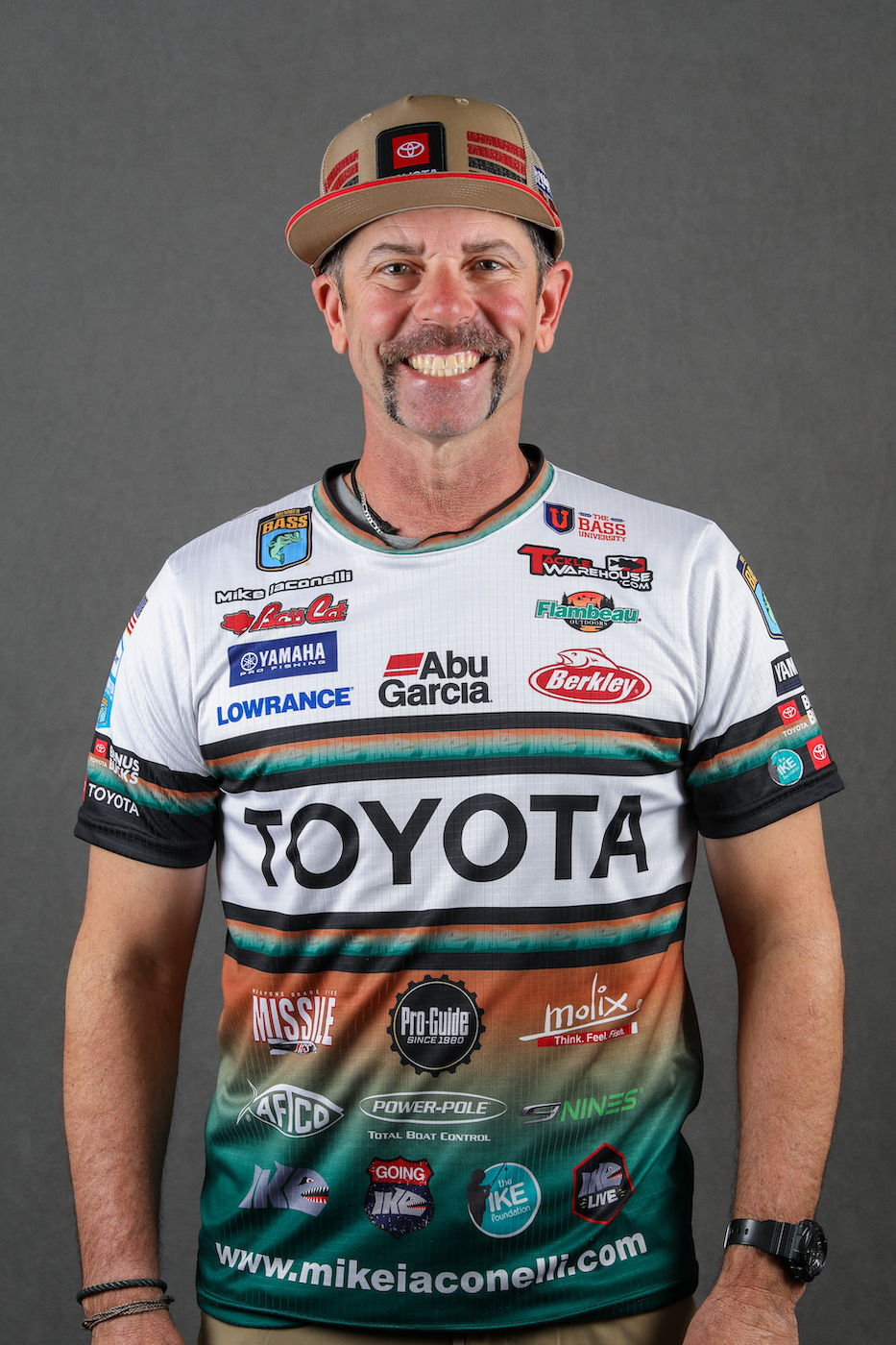
Years ago I started playing around with fluorocarbon leaders for braided line with spinning applications. I’ve learned that there are times when you want a short fluorocarbon leader and other situations where you need a longer one.
From what I’ve seen, most people use a 2- to 4-foot leader. That’s a great, middle-of-the-road leader length. But there are situations where I use a shorter 12- to 18-inch leader.
Short leaders
Heavy cover is one situation that tells me to go with a short leader. I just got back from Bassmaster Elite Series tournaments at Okeechobee and Seminole. I used a short 12-pound leader to avoid breaking off in cover such as milfoil, pads, reeds, grass mats and standing timber. I also use a short leader when I’m skipping under docks to minimize break-offs on dock pilings.
Another advantage with a short leader is that the knot never goes through the rod guides. No matter what kind of knot you use to tie a fluorocarbon leader to braided line, it suffers abrasion every time it rubs against a line guide. With a short leader, I don’t have to worry about that.
I also prefer a short leader when I’m fishing a lake known for growing giant bass. Targeting big fish often coincides with fishing heavy cover. It’s a nasty combination. A short leader improves your odds for landing a bass that might weigh 10 pounds or more. I caught 5- and 6-pounders at Okeechobee with no problem.
I almost always switch to a super short 8- to 12-inch leader when I’m fishing heavily stained to muddy water. You just don’t need a long leader to mask braided line when the water looks like chocolate milk. Fish are drawn to the vibration and noise of your bait in dirty water. They’re not conscious of your line at all.
I switch to heavier lines in muddy water, often 15-pound braid to a 15-pound leader. If I’m fishing a tidal fishery where barnacles drive you crazy by slicing through your line, I’ll tie on a short 20- to 30-pound leader. I’ll catch fish right behind guys who are breaking off bass with lighter leaders.
Long leaders
I use long 4- to 8-pound fluorocarbon leaders in different scenarios. Generally, it’s when I’m fishing finesse baits in clear, open water with 8- to 10-pound braided line.
The first reason for a long leader is that it allows my bait to have a better action. In situations where I want to have maximum lure action, I tie on a leader as long as 12 feet.
For example, a 5-inch, wacky-rigged soft stickbait falls with more natural movements on a long leader. Because braided line floats, it acts as a parachute. If you have a short leader, the braid pulls on the bait and hinders its action.
Current is another situation in which I use a long leader, say, 6 or 7 feet. Your baits will drift more naturally in a current with a long leader because it prevents the braid from stalling the drift.
The next reason for a long leader is water clarity. Bass living in water where you can see bottom 10 feet deep and deeper become very wary of braided line. This is when I want a 10-foot leader so the fish have no idea that braided line is anywhere near my lure.
I’ve seen so many instances where a long leader in ultra-clear water outperformed a normal leader length, two to one sometimes. If a bass sees your braid in clear water, the gig is up.





